Practical Exercise Guide for Rotator Cuff Tears
The “rotator cuff” is the group of four muscles and their tendons that stabilize the shoulder joint. Injuries to the rotator cuff are common, injuries result from either accident, trauma, or repeated overuse of the shoulder. A rotator cuff tear occurs when injuries to the muscles or tendons cause tissue damage or disruption.
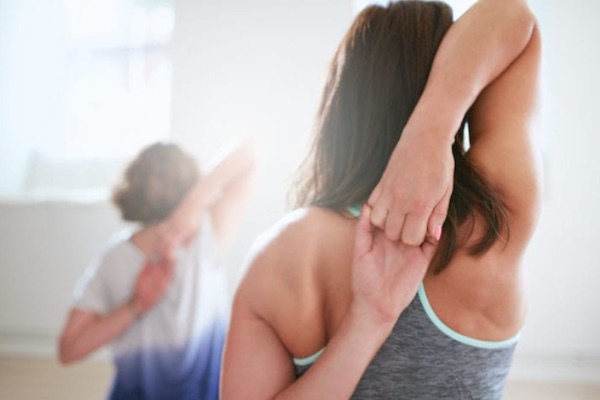
Your physical therapist will develop specific exercises to address your injury and recovery. Proper exercise techniques will be instructed, as well as approaches to pain management. Always ice the shoulder immediately after stretching to reduce inflammation.
Here are typical exercises and stretches that will help you to recover from a torn rotator cuff:
1. Pendulum Swing
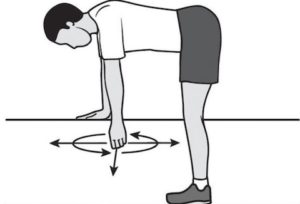
1. Stand to the side of a table, steady chair, or railing and place the hand of your uninjured arm on the object for stability.
2. Gently lean forward without rounding the back and allow the affected arm to dangle freely. Then, lightly move this arm forward and back.
3. Starting in the same position, move your arm in and out (side-to-side).
4. Starting in the same position, move your arm in small circles. Start in a clockwise motion, then reverse and do it counterclockwise.
5. Repeat the exercise with the other arm.
2. Crossover Arm Stretch
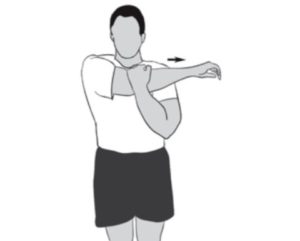
1. Stand up straight and relax your shoulders. Take a few deep breaths if you need to relax.
2. Stretch the affected arm across your chest, but below your chin; reach as far as possible.
3. The healthy arm helps by holding the elbow area of the affected arm.
4. When performing this exercise, you should feel a stretch—not pain.
5. Repeat the exercise with the other arm.
3. Standing Row
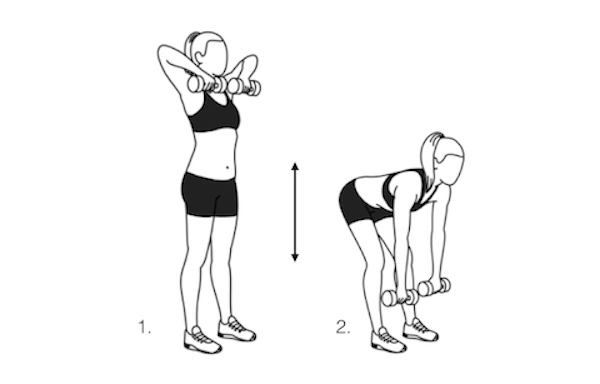
1. This exercise involves a stretch band, tied at the ends to make a three-foot loop.
2. Attach one end of the loop to a steady object like a doorknob and face it.
3. Hold the other end in one hand, and stand far back enough so there is little or no slack in the band.
4. With your arm bent at the elbow at a 90-degree angle and close to your body, pull the elbow back.
5. Repeat the exercise with the other arm.
4. Internal Rotation
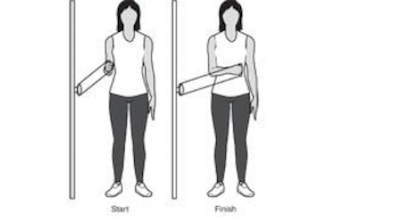
1. Like a standing row, this exercise involves a stretch band tied at the ends to make a three-foot loop.
2. Attach one end of the loop to a steady object like a doorknob; stand to the side and hold the band in the hand of your affected arm.
3. Bend your elbow to a 90-degree angle and keep it close to your body. Then, bring the forearm over the midsection of the body.
4. Repeat the exercise with the other arm.
5. Posterior Stretch

1. Stand up and relax the shoulders.
2. The hand of the uninjured arm holds the elbow region of the injured one.
3. The hand of the injured arm crosses the body and rests on the opposite shoulder.
4. The hand of the uninjured arm lightly pushes the affected arm up and over the body, eliciting a stretch.
5. Repeat the exercise with the other arm.